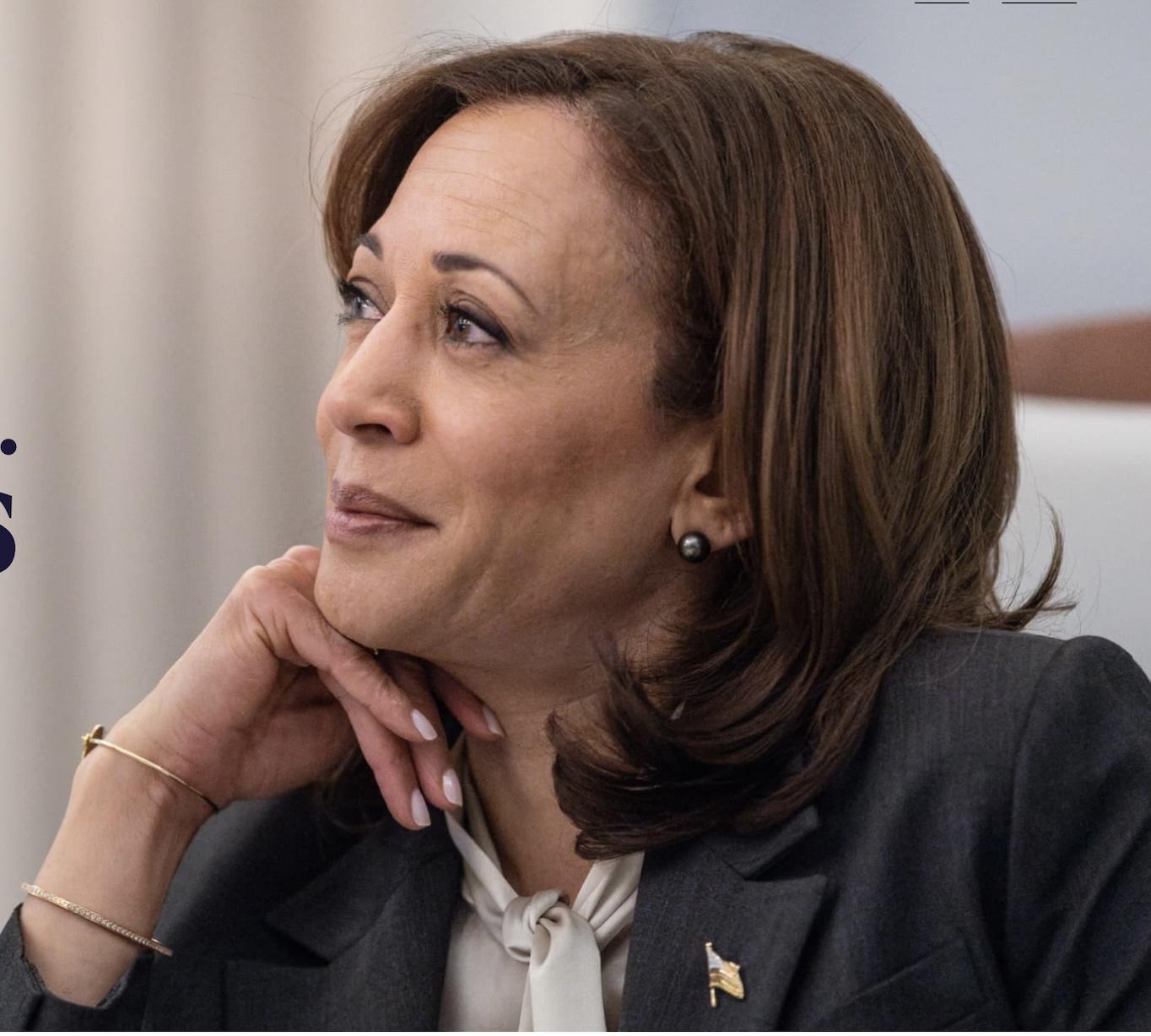California’s high-speed rail, connecting Los Angeles with the San Francisco Bay Area, could take longer to build than previously estimated, and its overall cost is “difficult to predict,” said the head of the high-speed rail authority on Wednesday, Jan. 27.
“It may take us a little longer than we said to do this,” rail authority Chairman Dan Richard told the state Assembly transportation committee, not going into detail, according to the Los Angeles Times.
A forthcoming update of its business plan for the high-speed bullet train will show a reduction in the estimated cost of $68 billion, Richard added, despite recent delays that have slowed construction.
The project is more than two years behind the proposed schedule the rail authority announced back in 2012 when it expected to start building 29 miles of rail structures from north to south. The work officially began last July, and remains at a slow pace.
The oversight hearing was called by Assemblyman Richard Bloom (D-Santa Monica), who described the bullet train as “one of the most complex projects not only in the state but in the nation’s history.”
Bloom said construction of the rail system will be “difficult and full of risks,” and added that he believed the project overall “is being managed well.”
The hearing was limited to testimony from three officials, two of whom work for transit authority, and a third who is chairman of a peer review panel.
In a public comment period after the hearing, several speakers present quickly, sharply criticized the rail project, including Assemblywoman Patty Lopez (D-San Fernando).
Lopez said she had asked rail authority officials to compromise on some of the effects of the bullet train would have on her working-class community, but did not receive any response.
Other objections were raised by the Train Riders Assn. of California, farmers and other rural residents in areas affected by the tracks.
However, two labor union officials praised the project.
Richard and state rail authority Chief Executive Jeff testified against a news story in October 2015 that concluded that California was “highly unlikely to complete an initial operating segment from Burbank to Merced by its 2022 deadline, or to bring the project in on budget.”
A Times investigation found that the years remaining before the deadline were not enough to construct 300 miles of track, bore 36 miles of mountain tunnels, build six train stations, erect high-voltage electrical systems and construct a heavy maintenance facility, based on comments by tunnel engineers, construction experts and geologists not necessarily involved with the project.
The story also reported that the agency’s primary consultant, Parsons Brinckerhoff, had submitted a cost estimate in October 2013 that projected a 31 percent increase in the cost of the initial construction segment, and a 5 percent increase in the cost of the full 500-mile system.
The agency’s estimate, a two-year effort by a team of engineers, was not used when the state issued its 2014 business plan a few months later.
Morales told lawmakers the Parsons Brinckerhoff estimate was just a draft, subject to revision and among other studies used for the official public cost estimate. A number of the rail agency’s reports and documents are marked “draft” in large letters, including the written testimony that Richard and Morales read from a witness table at Wednesday’s hearing.
“They are hiding behind the draft stamp,” Assemblyman Jim Patterson (R-Fresno) told reporters after the hearing.
Morales testified that part of the $9-billion increase reported by The Times was “based on construction of more miles of track and longer viaducts.”
The full documentation behind the Parsons Brinckerhoff cost estimate has yet to be disclosed.
Louis Thompson, chairman of a peer review panel mandated under state law, also testified at the hearing, suggesting the project should have significantly closer oversight by a well-funded and long-term branch of the state government.





